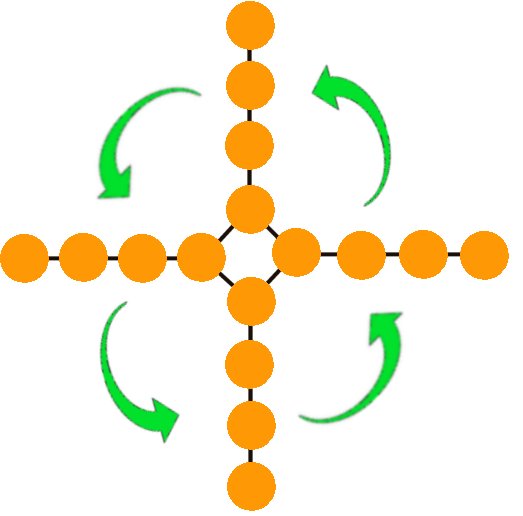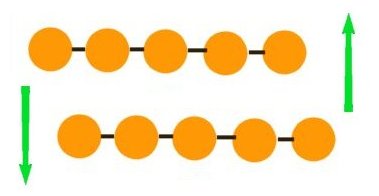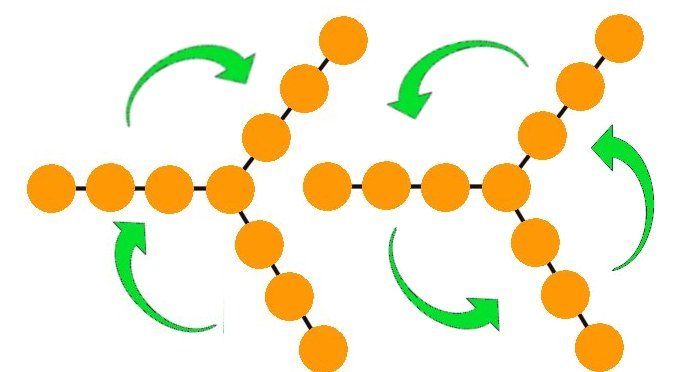Basic Formations - Synchronized Skating
Line
The most basic of formations. In the line formation, skaters line up in a straight line, each skater holding onto the next skater in one of a variety of basic ways. The line advances forward or to the side. The line can contain any number of skaters. Holds may change as the line advances. Skaters may skate forwards or back. Sometimes parallel lines are used.
Circle
In a circle formation, skaters line up in a closed circle shape. Each skater is attached by holds to each adjacent skater. Skaters may face along the circumference of the circle, or along its radius. The circle generally rotates around its center, and often advances across the ice while rotating. Skaters may skate forward or backward. For variety, circles are sometimes "doubled" (2 concentric circles), rotating the same direction or in contrary directions.
Block
The block formation consists of a number of "lines" moving together. In general, each the skaters of each line (or "row") hold each other, but the succeeding rows are not connected to each other. In most rectangular blocks, each row will contain the same number of skaters, but sometimes this is varied to suit the size of the team. As the block advances, skaters maintain their individual positions, and the rows and columns should remain "straight".
Wheel
A wheel is a formation that is composed of (usually) straight "spokes" rotating around a common center. The number of spokes can vary - typically anywhere from 1 (a straight line) to about 6, depending on team size and the choreography of the program. Skaters maintain holds while the wheel rotates. Often the wheel advances across the ice while rotating. The diagram below shows a 4 spoke wheel.
Intersection
The intersection is a maneuver in which 2 forms "cross" on the ice. In its simplest form, 2 moving straight lines approach each other, either forward or backward. Just before they hit each other, the skaters drop their arms and pass between the skaters of the other line. After the pass-thru, all skaters re-join into their lines. The passthroughs can be done from a variety of basic formations -- lines, blocks, wheels, etc. Often maneuvers such as lunges, spirals, etc enhance the intersection. The diagram below shows a simple intersection of 2 lines.
Eggbeater
The "Eggbeater" is an example of 2 rotating wheels that "mesh" like gears. Typically performed from 3 or 4 spoke pinwheels in close proximity, each wheel rotates and the spokes pass without striking each other. This is hardest when done close, and fast. Regardless, it is an exciting maneuver. The illustration below shows 2 meshing 3-spoke wheels.